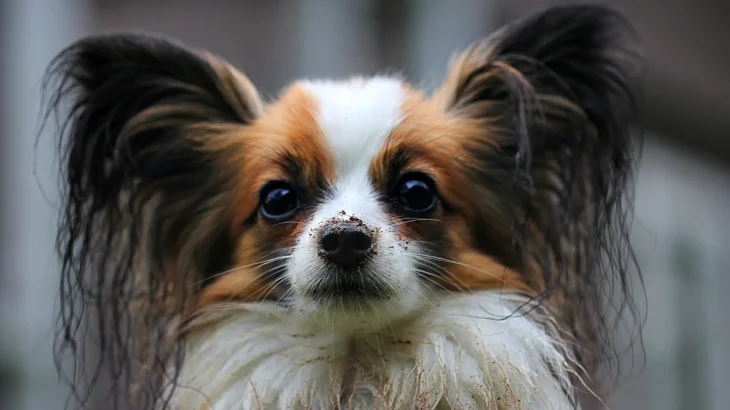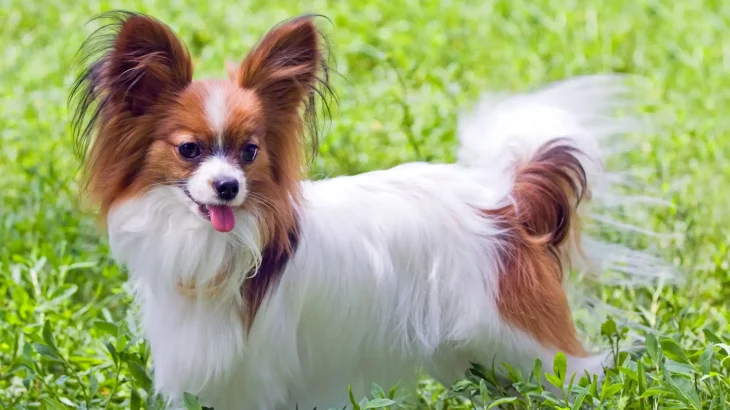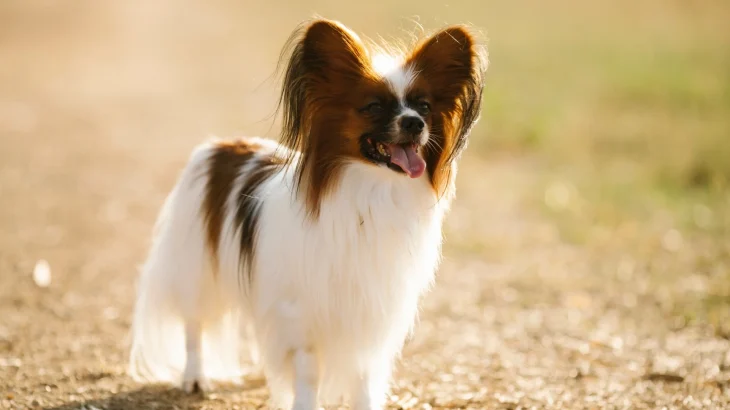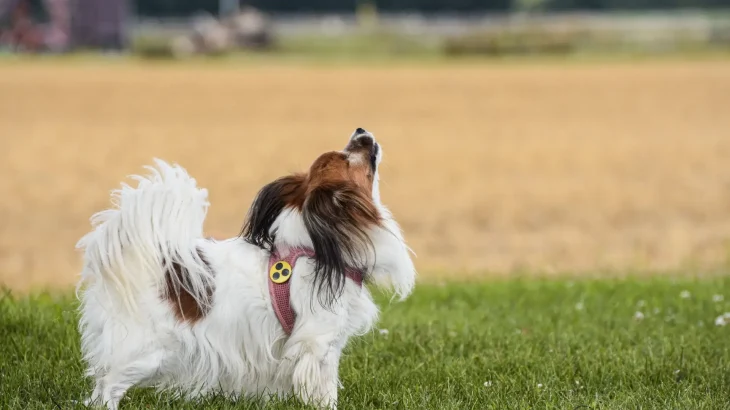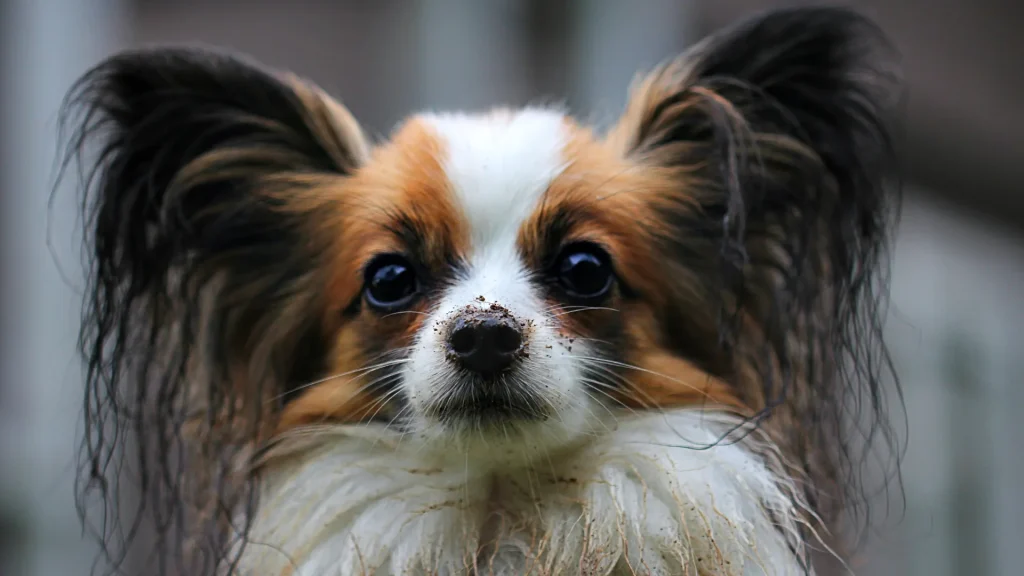When it comes to bringing home a Papillon puppy, deciding whether to adopt or buy from a breeder involves factors like cost, health transparency, and ethics. Each option offers unique benefits and challenges tailored to different owner priorities.
Adoption vs. Breeder: Pros & Cons
| Criteria | Buying from Breeder | Adopting from Shelter/Rescue |
|---|---|---|
| Cost | Higher initial cost, often several hundred to a few thousand dollars, reflecting purebred status and lineage. | Lower adoption fee, usually under $300, covering some medical care and basic vaccinations. |
| Health History | Detailed health records and genetic screening are usually provided by reputable breeders. | Health history may be limited or unknown, though shelters perform health screenings and vaccinations. |
| Age Availability | Primarily puppies, allowing early bonding and training from a young age. | Range of ages including adult and senior dogs, offering more options beyond puppies. |
| Temperament Insight | Breeders can share info on lineage temperament and expected behavior. | Shelter staff provide behavioral assessments but full background may be incomplete. |
| Supporting Practices | Supports responsible breeding programs if breeder is ethical, preserving breed standards. | Supports animal welfare by giving a home to a dog in need, reducing shelter overcrowding. |
| Ethical Considerations | Important to ensure breeder practices are ethical to avoid supporting puppy mills. | Promotes adoption ethics and rescue culture, encouraging responsible pet ownership. |

